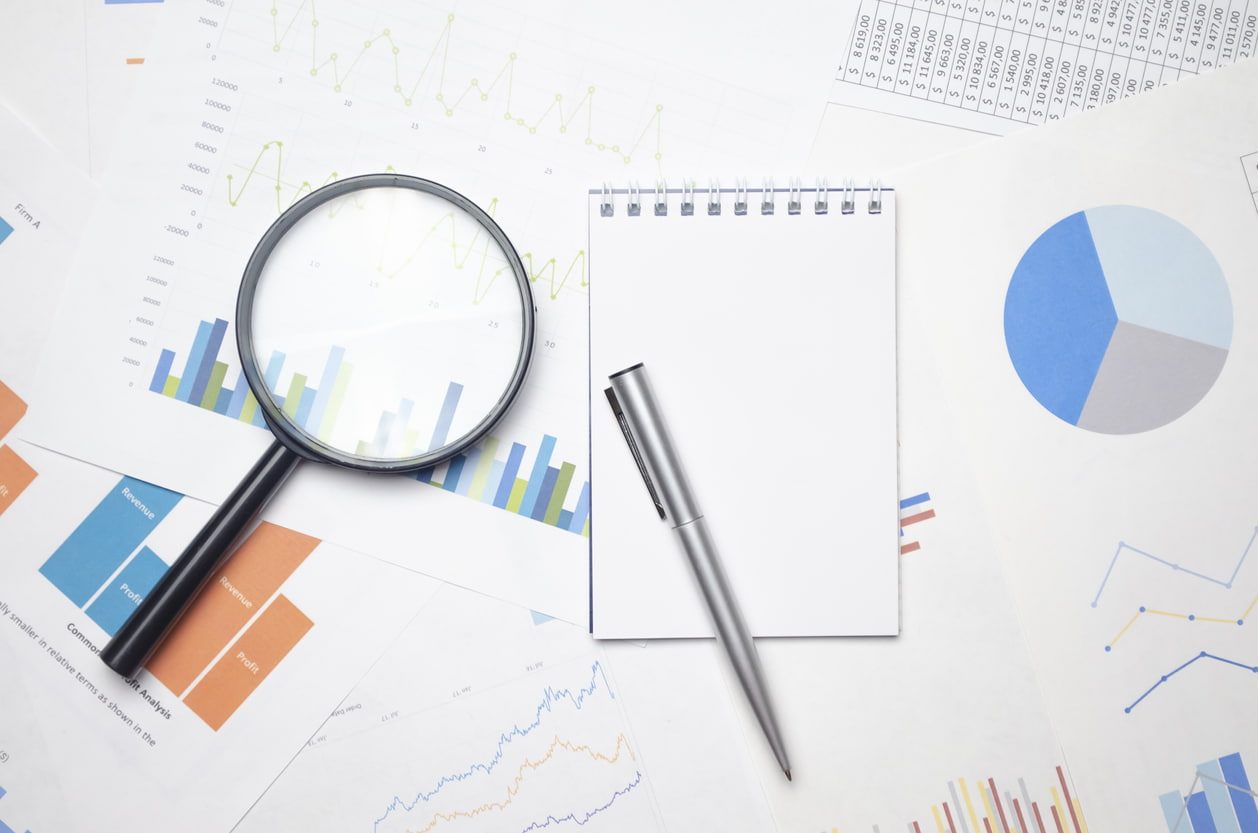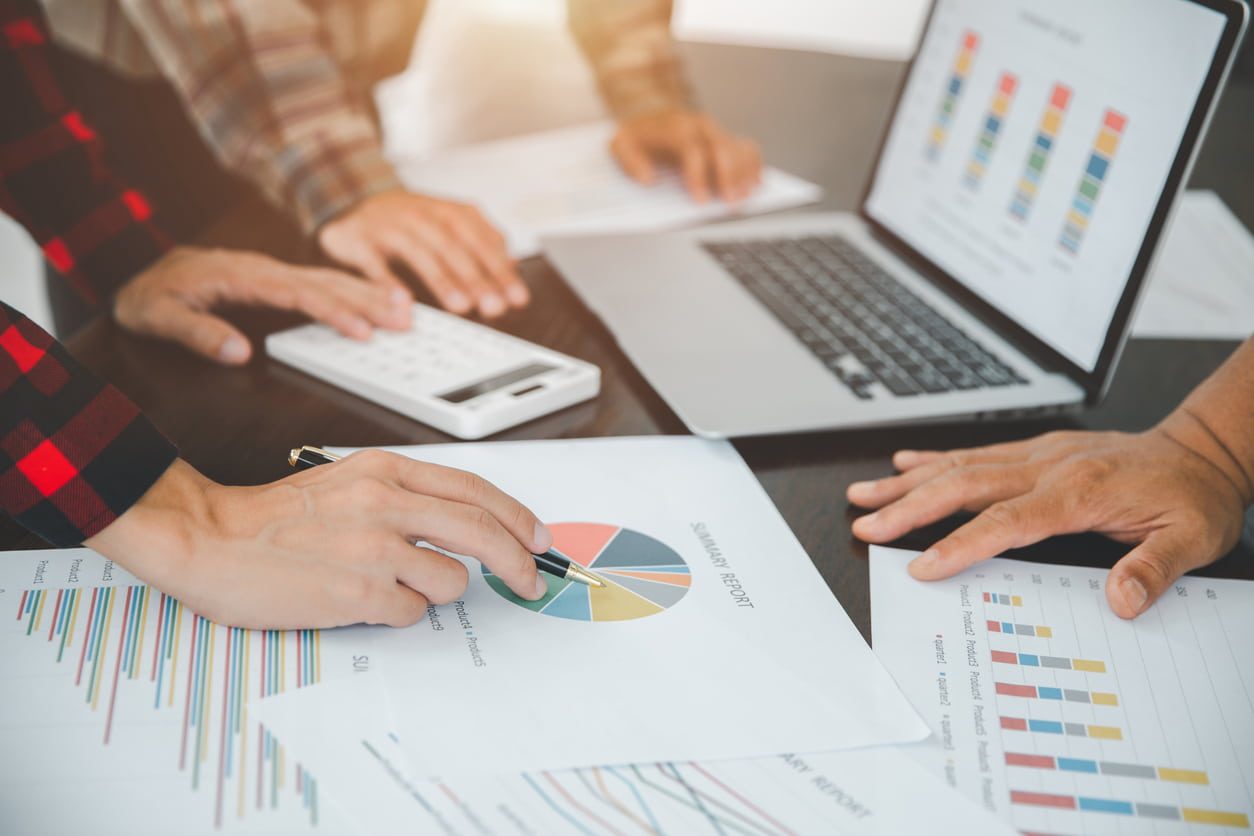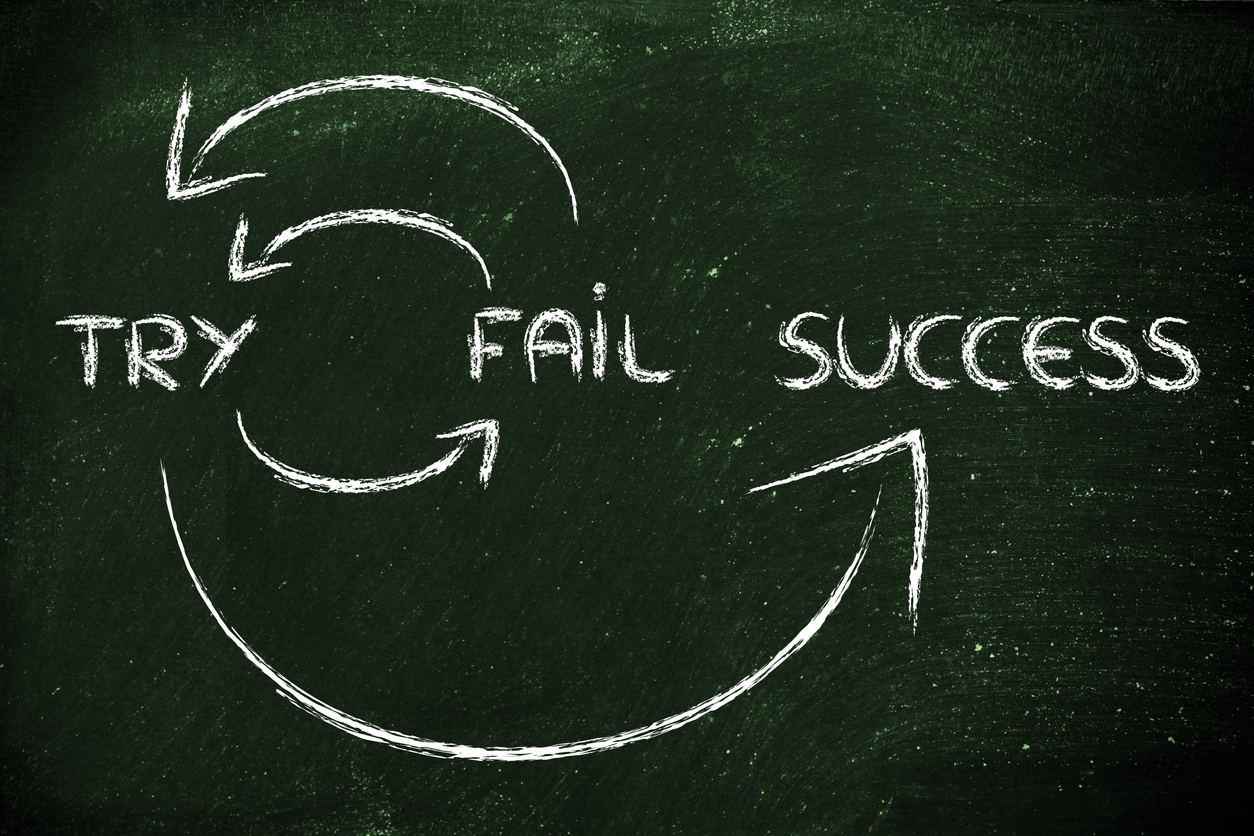Learn what Excel is and what to use it for
Have you ever thought about improving your computer skills and, above all, your know-how of office tools? Today, these are skills that are basically considered a must-have when it comes to finding a job.
In this context, one that causes the biggest headache is Excel spreadsheets. So, do you know what Excel is for? If you haven't got much experience with this Microsoft Office tool, then it's handy to know this is one of the most versatile tools in the office sphere.
It's common not to understand exactly what Excel can do besides the most popular and well-known basic applications. However, it's an ever-evolving piece of software and it doesn't look like it will be going obsolete any time soon.

What is Excel?
As mentioned, the key to this tool lies in its versatility: it offers a range of functions, from basic to advanced. So what exactly can Excel do? With this software, you can complete automatic calculations, manage accounts, write reports, organise data in tables, or even design invoices.
Meanwhile, it supports word processing and the insertion of images, allows you to create budgets, develop complete charts of a whole range of types and link all of the information in the tables to other documents and websites.
Basic functions
The full range of functions goes from basic to advanced. If you're looking to get started with Excel, it's a good idea to get to grips with the basics before moving on to the more advanced features.
In this sense, one of the simplest applications is the creation of completely personalised work or school rotas, schedules or calendars. You can also easily organise information or create invoices thanks to the automations the program provides.
Advanced features
However, if you've used Excel before or if it's part of your day-to-day work, then such tasks are probably already run-of-the-mill for you. In this case, it is advisable to keep advancing your knowledge of an application that seems almost limitless. Have you ever produced reports, graphs, or accounting books? If the answer is yes, don't be fooled into thinking you've finished with the program.
This tool lets you filter, order, identify or label data, offering endless opportunities to personalise and organise. If you'd like to learn what Excel is for and plan to apply that know-how in the workplace, then you can leave your calculator to one side.

What is Excel for? The 4 most common uses
Excel is an unlimited spreadsheet that is continually updated. Thus, with each update, new features appear and disappear, meaning there's always something new to learn.
However, the purpose of Excel can be defined in four main applications. In this case, we're not only talking of the options the program offers, but of the scope and limitations of some of these, such as calculus, charts, formulas and tables.
Creating charts
In recent years, it has been very easy to find hundreds of online tools that let you create great charts. However, if you know how to make the most of Excel, this application offers similar or better results to what you'll find online.
Indeed, you might not be aware of some of the modes offered: pie charts, bar charts, surface charts, combo boxes, scatter charts, doughnut charts, line graphs, area charts, and more. You can even create maps to identify data by country! Would you know how to go about creating these?
Calculate without limits
In many jobs, a calculator is an essential tool, but only until you learn what Excel is for and apply it to your tasks. This software lets you conduct the same arithmetic calculations as a calculator and keep unlimited data to view the origin and cause of each result. And it’s just one step from this know-how to generating reports!
Solving equations
You might think that a calculator allows you to go beyond pure arithmetic. That's true, but so does Excel. In fact, the tool will really help you out here, because when you open the Formulas tab, you will see the many options on offer, while it also guides you step by step to execute these correctly.
Organise by data tables and structures
How many aspects of your work could be organised into tables, rows and columns and would improve in appearance, ease of use and accessibility? Once again, we're talking about a very common option in online solutions.
However, if you are wondering why to use Excel in this case, the explanation is simple: once you learn all about what Excel is for, it is much simpler, just as customisable, and combines a large number of additional functionalities.

Why is it important to understand Excel and learn to use it?
According to the prestigious Harvard University, knowing what Excel is for and how to use some of its features can be very useful when it comes to finding a job. Likewise, and also according to the same educational institution, "we spend more than 10% of our work life making spreadsheets, but for those working in research and development or finance, this figure rises to 30%, some 2.5 hours a day". Certainly a sum that proves as surprising as it is significant.
However, it's vital to understand that Excel is a tool that's not only valid for professional and academic settings, but is also probably one of the office software programs that can be most useful outside of that context.
Meanwhile, it should also be noted that the tool offers excellent practical benefits when it's employed —or used more often— on certain jobs. Thus, it can be described as a tool that makes daily tasks a more efficient and effective process.
If you want to master office automation tools in high demand, Banco Santander is launching 5,000 seats for the Santander Course | Learn Excel, Canva, PowerBI or Photoshop.
This is a unique opportunity where you can choose one out of four 100% free online courses. At your own pace and from wherever you want, learn quickly one of the following programmes:
Excel: learn how to handle large volumes of data effortlessly, automate 95% of your daily tasks, create dynamic reports and other functions, whether you are a beginner or advanced level.
Canva: start creating posters, logos, brochures and social media content for your personal or professional projects without any design skills.
Power BI: get familiar with Power BI, explore the proper use of DAX and hone your data cleansing skills with PowerQuery. In a practical and project-focused way, discover essential patterns, from consumer behaviour to sales trends or critical points in production.
Adobe Photoshop CC: this course will equip you with the skills you need to successfully execute unique graphic design projects and the essential techniques for editing and retouching images to create compelling marketing materials.
All courses are available in Spanish, Brazilian Portuguese and English, and are supported by a professional online instructor to address your doubts and assist you with practical exercises. There is no cost for beneficiaries and it is not necessary to have a university degree or to be a Banco Santander customer.
Are you over 18 years and want to further develop your technological skills? Sign up for the Santander Course | Learn Excel, Canva, PowerBI or Photoshop and boost your professional and personal projects.
More interesting posts to read...
-
 12/04/2024 | Santander Universidades
12/04/2024 | Santander UniversidadesGrowth mindset: examples in the workplace to develop the right attitude toward challenges
Card text -
 01/03/2024 | Santander Universidades
01/03/2024 | Santander UniversidadesThe sandwich technique: how to deliver criticism in an assertive way
Card text

